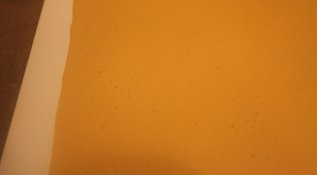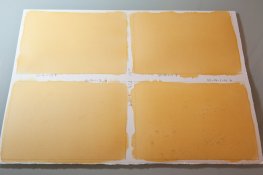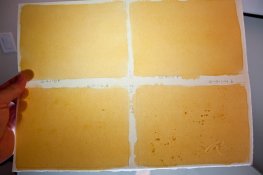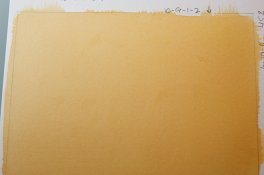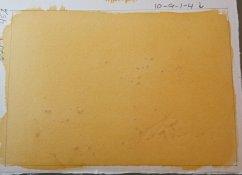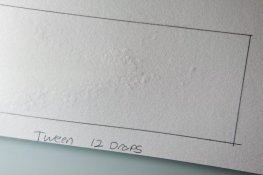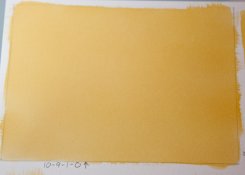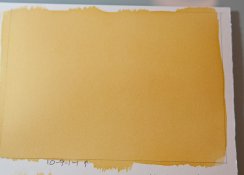I'd like to jump in here with thoughts about the varying results people seem to be getting with this paper.
First, the pH of a good platinum/palladium paper ideally should be either neutral or slightly acidic because the platinum and palladium chemistry itself is acidic. All the experienced printers on this thread can probably share tales of soaking 'archivally buffered' papers in trays of oxalic acid to neutralize the buffers and make it suitable for the process.
In that regard, I wonder if the differences people seem to be experiencing with this paper could possibly be to slight variations in the ferric oxalate chemistry being used? I know that Kerik and I both use a formula for the ferric oxalate sensitizer that is basically 27g ferric, 4g of oxalic acid and 2g of EDTA in 100ml of water. The oxalic acid makes the sensitizer slightly faster, and I wonder if in this case, it might also be serving to sort of acidify-as-you-coat the paper.
Another variable could be the post development wash water. I know Kerik enjoys nice neutral tap water at his place in California. When I lived in Houston, the water had a pH of 8-8.5! I learned the hard way that dumping a freshly developed print in a tray of plain tap water was a recipe for getting anemic blacks in my prints, not to mention making it virtually impossible to clear properly. I always make sure that my prints never touch anything with an alkaline pH until they are fully cleared.
Clay,
Since ever that I use the Oxalate formula:27g ferric, 2g of oxalic acid in 100ml of water, but not with EDTA.
In your case do you use di,tri or tetrasodium EDTA ?
What do you think will be the advantage of using EDTA apart from the oxalic acid? Add solubility ?
Perhaps, at least, the oxalic acid I've always used explains why I never had clearing problems with any paper, I suppose.
My tap water has today a pH of 7.0 !


